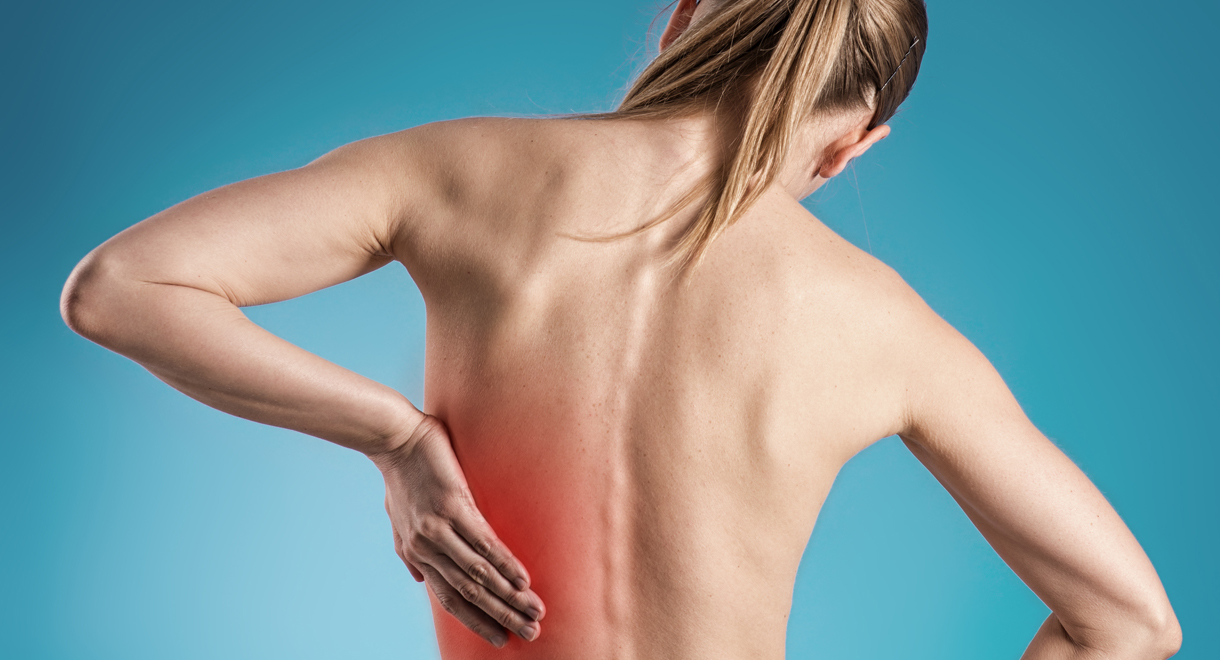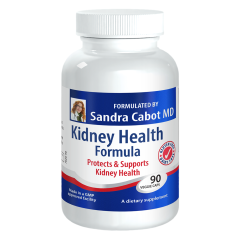

Unusual Remedy For Kidney Stones
New study shows riding a roller coaster may help pass kidney stones.
Kidney stones are common and passing a large stone can be one of the most painful experiences. Now research has shown that smaller stones may actually be passed by riding a roller coaster.
The study was published in The Journal of the American Osteopathic Association. It showed that riding a roller coaster might help patients who have kidney stones that are five millimeters or less in diameter.
According to David Wartinger, a professor emeritus at Michigan State University and author of the study, "The idea is to displace these little stones before they become big stones and cause a lot of pain and suffering”. Feeling a pang in the lower back and urgency in the bladder are the most common symptoms of passing a kidney stone. The study showed that riding in the last carriage was most effective for passing a kidney stone, presumably because of a greater amount of rattling around that happens at the back compared to the front of the roller coaster.
Kidney stones are more common in men than women, and the tendency to develop them does run in families. The most common type, around 65 percent, are made up of calcium and oxalate. Other stones consist of uric acid (as in sufferers of gout), other mixed minerals, or occasionally the amino acid cysteine. Certain stones may be triggered by the presence of kidney disease or other conditions, such as over activity of the parathyroid glands, which increases the amount of calcium excreted in the urine. Diet plays a role too; too much soda and not enough water raises the risk of kidney stones.
If kidney stones run in your family, or you've had them before and want to avoid future problems, it's very important to look after your kidneys.
Reference
Know someone who might benefit from this article? Share it!
Need Help?
1-888-75-LIVER
Monday to Friday, 9:00 am to 5:00 pm MST
100%
Satisfaction Guaranteed
If it’s faulty or wrongly described, we’ll replace it.











